As dog owners, we often want to share our meals and snacks with our furry friends, but many human foods can be harmful or even toxic to dogs. Understanding which foods are dangerous can help you keep your pet safe and healthy. Here’s a comprehensive guide to some of the most common toxic foods for dogs and why they should be avoided.
1. Chocolate
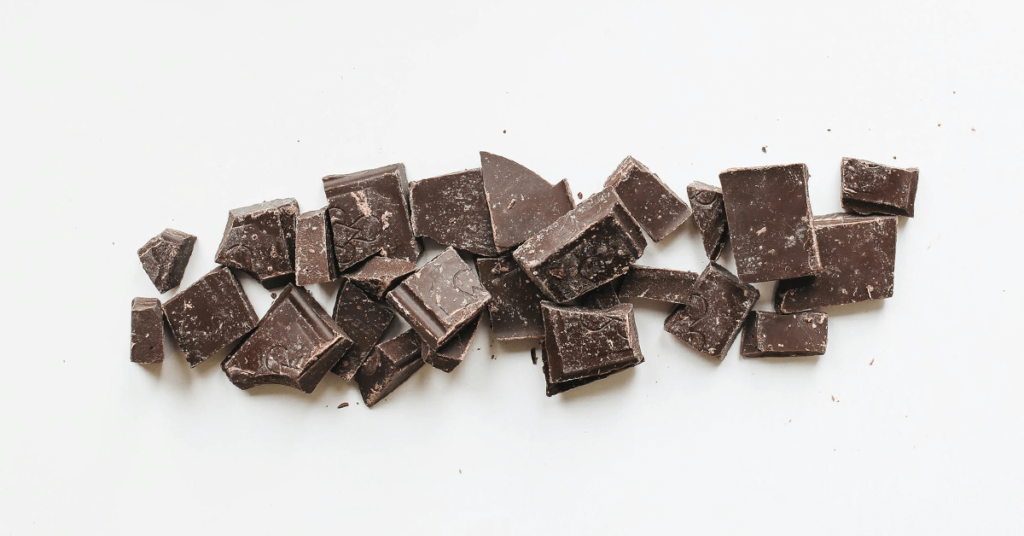
Why It’s Toxic: Chocolate contains theobromine and caffeine, both of which are toxic to dogs. Theobromine affects the central nervous system and cardiovascular system, while caffeine stimulates the heart and nervous system.
Symptoms of Toxicity: Vomiting, diarrhea, rapid breathing, increased heart rate, muscle tremors, and seizures.
What to Do: If your dog consumes chocolate, especially dark or baking chocolate, contact your veterinarian immediately. Treatment may include inducing vomiting, administering activated charcoal, and supportive care.
2. Grapes and Raisins
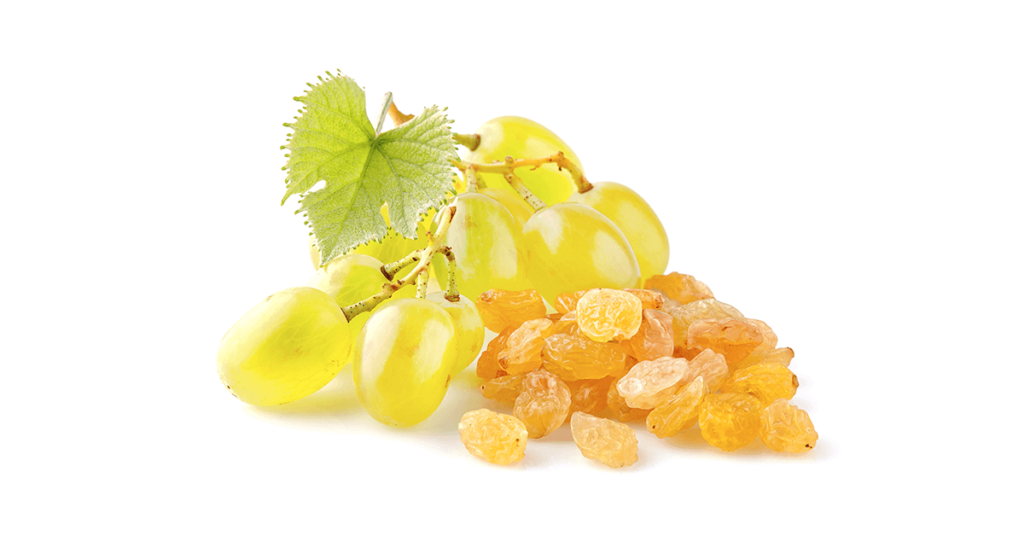
Why They’re Toxic: Grapes and raisins can cause acute kidney failure in dogs. The exact toxin is unknown, but even small amounts can lead to severe health issues.
Symptoms of Toxicity: Vomiting, diarrhea, lethargy, loss of appetite, and increased thirst and urination.
What to Do: Contact your veterinarian as soon as possible if you suspect your dog has eaten grapes or raisins. Early treatment is crucial to prevent kidney damage.
3. Onions and Garlic

Why They’re Toxic: Onions and garlic contain compounds that can cause oxidative damage to red blood cells, leading to hemolytic anemia. This can impair oxygen transport in the body.
Symptoms of Toxicity: Weakness, lethargy, vomiting, diarrhea, and pale gums.
What to Do: If your dog ingests onions or garlic, seek veterinary care. Treatment may include inducing vomiting, administering activated charcoal, and providing supportive care.
4. Avocados
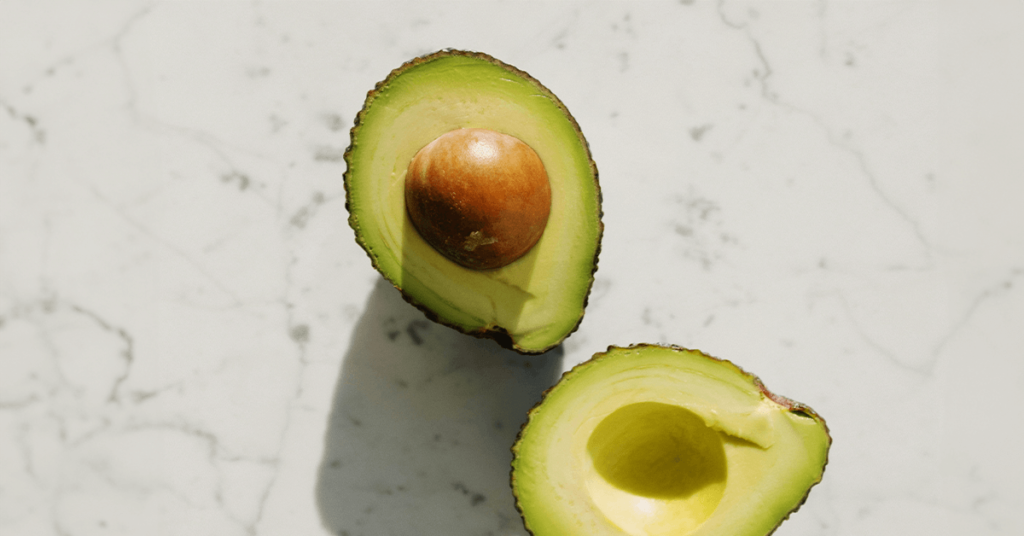
Why They’re Toxic: Avocados contain persin, a fungicidal toxin that can cause gastrointestinal upset and, in high quantities, more severe symptoms.
Symptoms of Toxicity: Vomiting, diarrhea, abdominal pain, and lethargy.
What to Do: If your dog eats avocado, monitor for symptoms and contact your veterinarian if any adverse effects are noticed.
5. Xylitol

Why It’s Toxic: Xylitol is a sugar substitute found in many sugar-free products like gum, candies, and baked goods. It causes a rapid insulin release, which can lead to hypoglycemia (low blood sugar).
Symptoms of Toxicity: Vomiting, loss of coordination, lethargy, seizures, and even liver failure.
What to Do: Immediate veterinary attention is necessary if your dog consumes xylitol. Treatment often includes supportive care and monitoring of blood sugar levels.
6. Alcohol

Why It’s Toxic: Alcohol affects the central nervous system, leading to symptoms similar to intoxication in humans, but often much more severe in dogs due to their smaller size.
Symptoms of Toxicity: Vomiting, diarrhea, decreased coordination, lethargy, and potentially coma or death.
What to Do: If your dog ingests alcohol, contact your veterinarian right away. Treatment usually involves supportive care and monitoring.
7. Macadamia Nuts
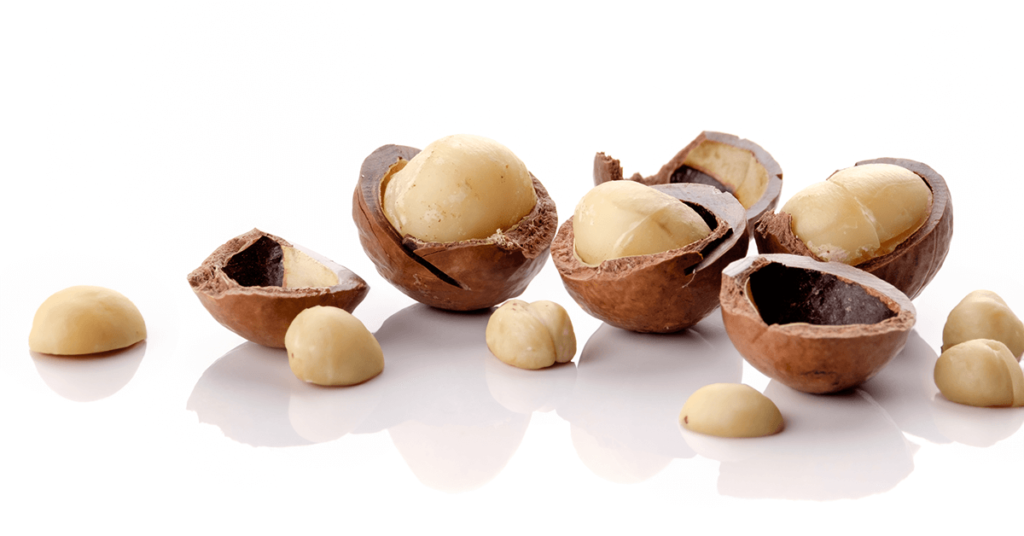
Why They’re Toxic: The exact toxin in macadamia nuts is unknown, but they can cause a range of symptoms including lethargy, tremors, and hyperthermia.
Symptoms of Toxicity: Vomiting, weakness, tremors, and elevated body temperature.
What to Do: Seek veterinary care if your dog eats macadamia nuts. Treatment focuses on supportive care and monitoring for symptoms.
8. Caffeinated Products
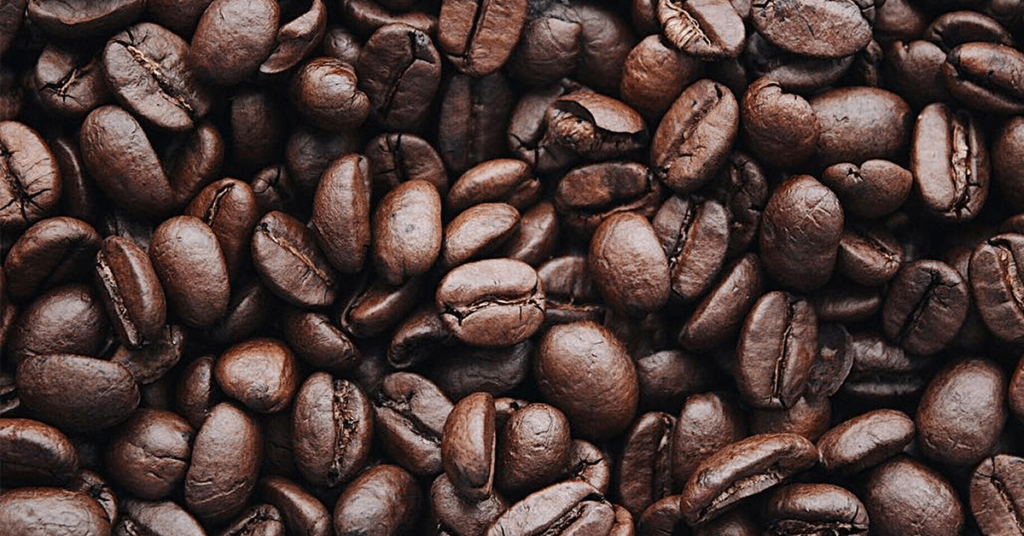
Why It’s Toxic: Caffeine stimulates the central nervous system and can cause similar symptoms to chocolate toxicity.
Symptoms of Toxicity: Restlessness, rapid breathing, heart palpitations, and muscle tremors.
What to Do: Contact your veterinarian if your dog ingests caffeine-containing products like coffee or tea.
9. Bones
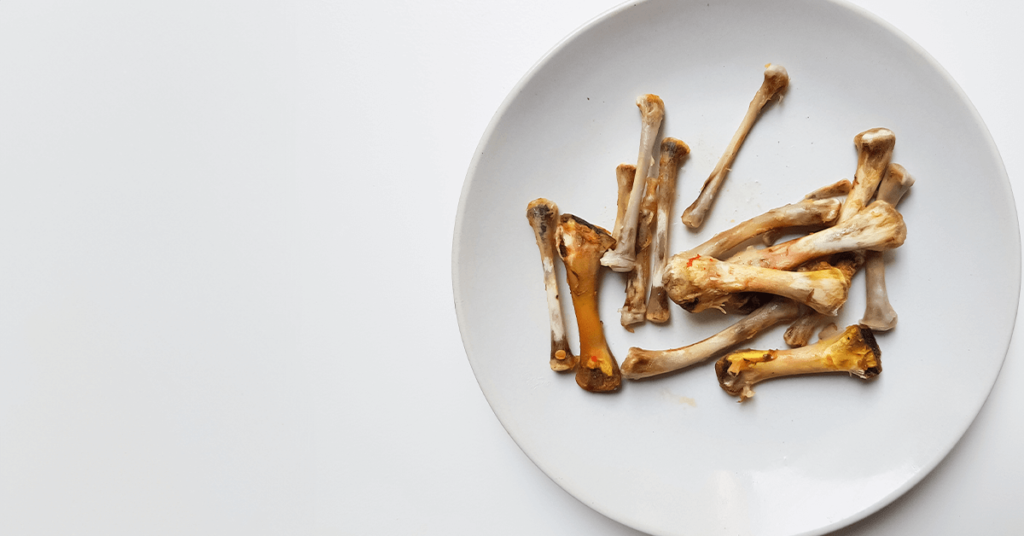
Why It’s Toxic: Cooked bones can splinter and cause blockages or tears in the digestive tract. They also pose a choking hazard.
Symptoms of Toxicity: Vomiting, abdominal pain, and difficulty defecating.
What to Do: If your dog ingests a bone and shows signs of distress, contact your veterinarian. In some cases, surgical intervention may be necessary.
10. Raw Dough

Why It’s Toxic: Raw dough containing yeast can cause a dangerous condition where the dough expands in the stomach, leading to bloating and potential gastrointestinal issues.
Symptoms of Toxicity: Abdominal pain, bloating, vomiting, and lethargy.
What to Do: Seek veterinary care if your dog consumes raw dough. Treatment may involve inducing vomiting and monitoring for symptoms
Preventive Measures
- Educate Yourself: Know which foods are safe and which are not. Avoid giving table scraps and keep harmful foods out of reach.
- Read Labels: Check ingredient lists for products containing xylitol or other harmful substances.
- Emergency Preparedness: Keep your veterinarian’s contact information handy and know where the nearest emergency pet clinic is located.
By being informed and vigilant, you can help prevent your dog from consuming toxic foods and ensure they remain healthy and happy. If in doubt, always consult with your veterinarian to address any concerns about your pet’s diet.



